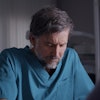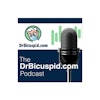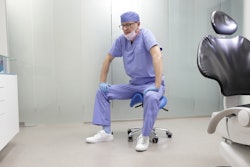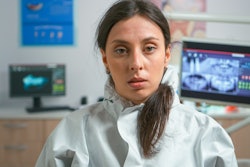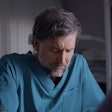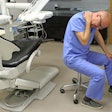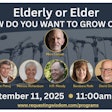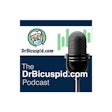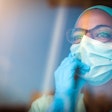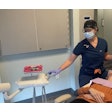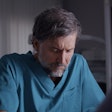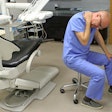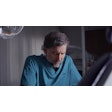
About 1 in 10 dentists experience burnout syndrome, with most clinicians reporting symptoms of emotional exhaustion and depersonalization, according to a systematic review published on April 26 in the Journal of Evidence-Based Dental Practice.
The most reported symptom was emotional exhaustion, the authors wrote.
“The review's results have important implications for dental practices as it highlights the need for interventions to mitigate the risk of burnout syndrome in dentistry,” wrote the authors, led by Dr. Carlos Jurado of the University of Iowa College of Dentistry and Dental Clinics in Iowa City, IA.
Burnout has been a persistent problem among dental professionals, and the COVID-19 pandemic shone a spotlight on the problem.
To investigate the prevalence of burnout syndrome in dentists, a systematic review was conducted in January 2021 comprising studies that used the Maslach Burnout Inventory. For the quantitative analysis, 31 studies representing more than 13,000 dentists from around the globe were evaluated, according to the study.
The systematic review revealed that 13% of dentists (95% confidence interval [CI]: 0.6-21; I²: 97%) experienced burnout syndrome, with emotional exhaustion being reported the most often (28% [95% CI: 24-32; I²: 21%]). Depersonalization (18% [95% CI: 8-28; I²: 86%]) and reduced personal accomplishment (10% [95% CI: 8-13; I²: 0%]) followed as second and third, respectively, the authors wrote.
Regarding the levels of burnout syndrome among dentists, 25% of clinicians experienced high emotional exhaustion, 18% (95% CI: 10-26; I²: 97%) experienced high depersonalization, and 32% (95% 20-45; I²: 98%) reported low personal accomplishment. Among dentists, the mean levels of emotional exhaustion were 17.9 (95% CI: 9.4-26.4; I²: 95) while the mean levels of depersonalization were 6.9 (95% CI: 3.4-10.5; I²: 80) and 34.7 (95% CI: 23.8-45.6 I²: 99) for reduced personal accomplishment, the authors noted.
However, the review had several weaknesses, including relying solely on self-reported measures of burnout syndrome, which may limit the accuracy of the prevalence estimates and may be subject to social desirability bias and other biases, the authors acknowledged.
Longitudinal studies that explore the risk factors for burnout in dentists should be conducted. Additionally, policymakers should recognize burnout as a significant problem and spend money on strategies like mindfulness training and flexible work arrangements that help dentists mitigate stress and reduce emotional exhaustion.
“In a nutshell, the review found a significant prevalence of burnout syndrome among dentists, with high levels of emotional exhaustion and depersonalization,” Jurado et al concluded.

